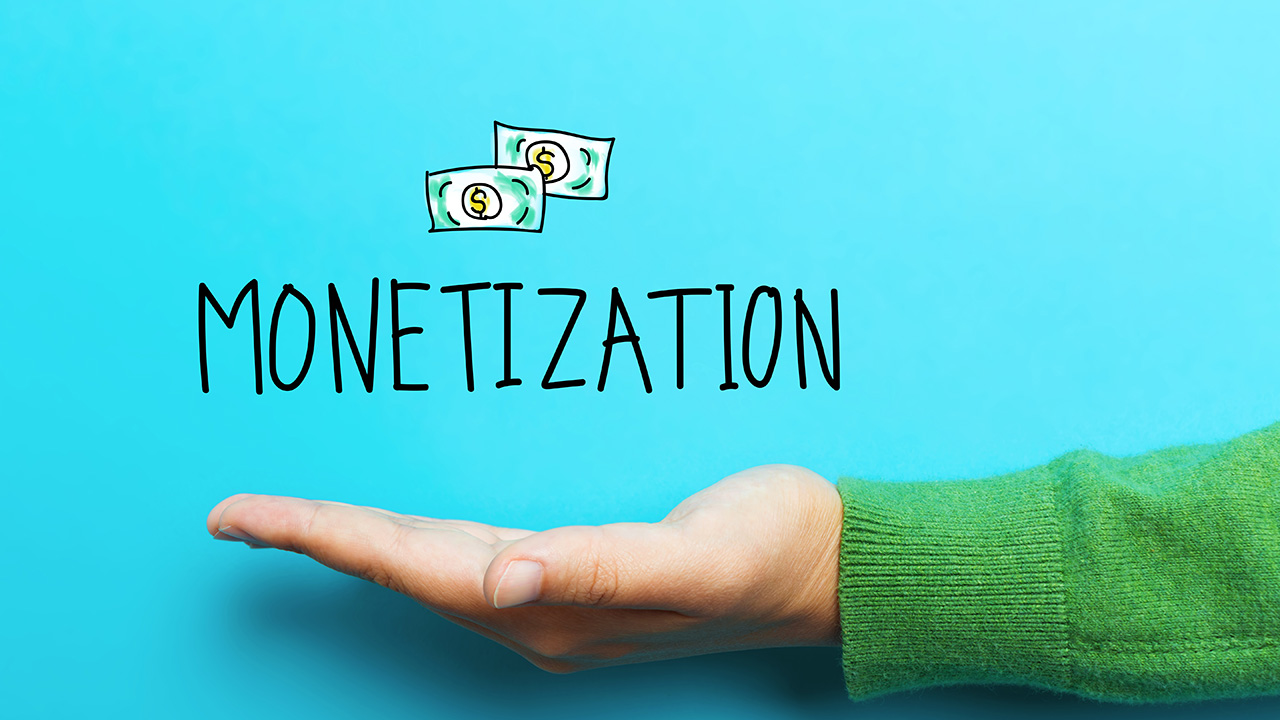
Social media and your business: Choosing the best platform
With all the social media platform options, it’s hard to know where to start. Facebook, Twitter, Pinterest, LinkedIn and Instagram boast the greatest volume of users per month, but which of these popular networks is right for your business?
To develop a strategy that builds your following and allows you to communicate with consumers, you should have an understanding of the best social media for business, each platform’s unique purposes and which platform your target audience uses. Let’s take a look at what differentiates the big five networks, so you can feel confident starting your path toward social media success.
Getting started
To begin, frame your evaluation of each platform with the following questions:
- What is the unique purpose of this social platform?
- Do its attributes relate to my business’s needs?
- Which target audience does this platform serve?
- How much time on this network is necessary to have the best impact?
Answering these questions will help you decide which platforms to use, and which you can skip.
Evaluating purpose and unique attributes
There’s no shortage of social-driven platforms, so spend time exploring. You’ll find that the big five, or some combination of them, are most likely the places with the highest concentration of your key demographics. In examining the purpose and unique attributes of each, you’ll notice that though they are all “social,” they have different strengths and selling points.
Primary purpose: Builds brand loyalty and reputation. Establishes your business as an authority through interesting content and informational posts.
Unique attributes:
- Reaches a variety of segments of an audience with one post
- Offers opportunity to create ads to drive traffic to your website or blog
- Encourages dialogue and depth with a customer base
- Ideal for sharing personal stories, testimonials, detailed information about your business
Primary purpose: Shares breaking news and quick updates. Promotes new products, content or brand contests. Collects instant feedback from your audience.
Unique attributes:
- Serves people looking for quick info, company news, and immediate responses to questions about products or events
- Focuses on dialogue creation and starting conversations with customers
- Known for its hashtag (#) communication functionality
- Best platform for PR or publicity purposes when traditional media does not respond
Primary purpose: Acts as an online scrapbook. Showcases products. Displays brand essence through inspiration boards.
Unique attributes:
- Generates leads and drives traffic to other content, or back to your website
- Visually promotes and highlights products and services through images
- Provokes immediate or future call to action (CTA) responses
- Allows you to microtarget your search with clearly defined categories
Primary purpose: Fosters a professional community, one that’s especially beneficial for B2B companies, to build meaningful relationships.
Unique attributes:
- Makes it easy to target by industry, job title and other keywords
- Ability to join LinkedIn Groups, where you can invite your target market to communicate
- Allows you to reach out to real people based on mutual business connections
- Promotes professionalism and builds trust when you post information about your company and employees
Primary purpose: A place to share videos and images that evoke feelings about your brand through the use of visual.
Unique attributes:
- Provides unique filters and video styles
- Lets your company take a more playful approach to connecting with customers
- Shares your message primarily through images, not the written word
- Allows for users to hashtag and get involved with your brand by showing your products in use
Understanding and finding your target audience
Defining your target audience and knowing where to find them is the foundation of navigating the nonstop maze of social media. Facebook, Twitter, Pinterest, LinkedIn and Instagram each have significantly different mixes in regards to average age and gender:
Average age range of users: 25-45 years old
Gender of users: 60% female, 40% male
Average age range of users: 18-29 years old
Gender of users: 50% female, 50% male
Average age range of users: 18-35 years old
Gender of users: 80% female, 20% male
Average age range of users: 22-54 years old
Gender of users: 46% female, 52% male
Average age range of users: 18-40 years old
Gender of users: 58% female, 42% male
If you’re looking for ways to define the particular needs of your audience, consider developing personas for your target social media audience. This will create a precise vision of exactly who they are, what content or information they’re craving, and where you should focus to communicate with them.
Considering the time commitment required
The key aspect of social media is “social” — probably the most understated and forgotten portion of the equation. Not unlike good public relations, businesses should use social media as a source of two-way communication with their audience, regardless of the platform. This means that in addition to posting articles, videos, and other relevant posts you want your audience to “like” and “share,” you need to interact with them.
How often should you post to your social networks?
Facebook: 1-2 times per day
Twitter: 3-4 times a day
Pinterest: 2-3 times per day
LinkedIn: 2-4 times per day
Instagram: Once a day
The average amount of time spent by small businesses on social media per week? Six hours and counting.
The bottom line
Don’t feel pressured to be on every platform. Start with the one that connects you with the right audience, aligns with your business’s needs and can regularly be managed depending on your resources. Then, expand from there.
Join 140,000 small business owners
Editor’s note: This article was originally published in August 2015 and has been updated and revamped for accuracy and relevance.
© 2018, Contributing Author. All rights reserved.
 SUBSCRIBE
SUBSCRIBE 


